Someone asked about these ugly, dirty plastic bottles we keep in a garage. But are aesthetics necessary when you’re on a mission to kill?

It has become a February ritual: setting the traps for the asian hornet queens.
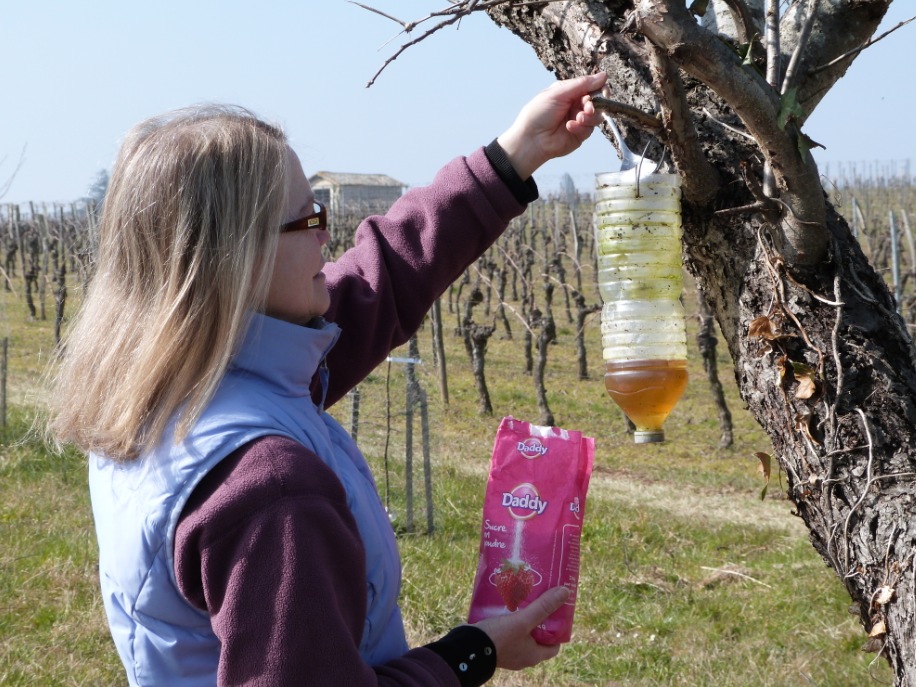
They wake up before their workers and start the construction of enormous, spherical, paper maché style nests, very high up in a tree; the nests only become visible in autumn when the leaves have fallen.
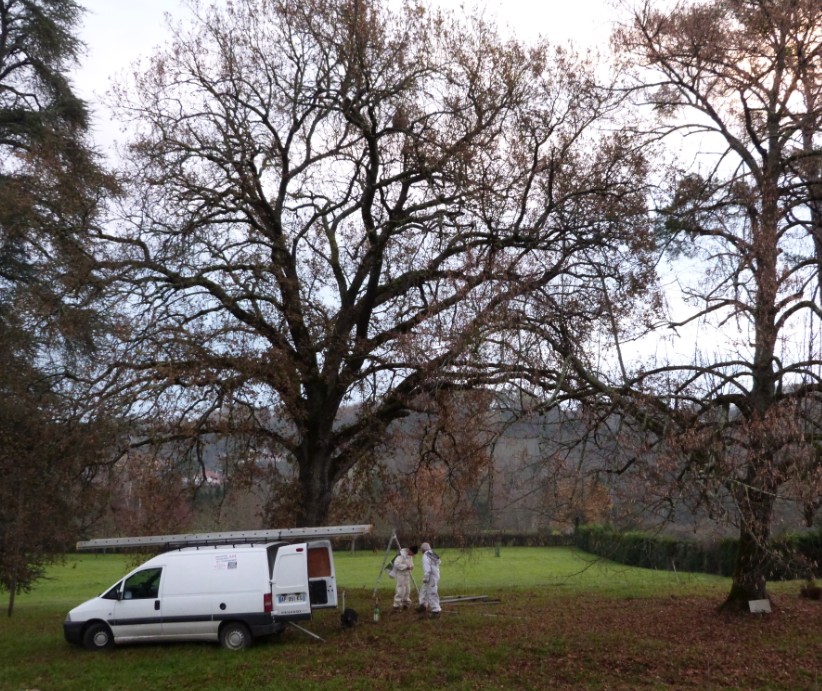
A year ago we had to call in the hornet busters. They arrived at dawn with their gear to remove the nest in an old oak. 15 meters up – as high as a 5 story building.
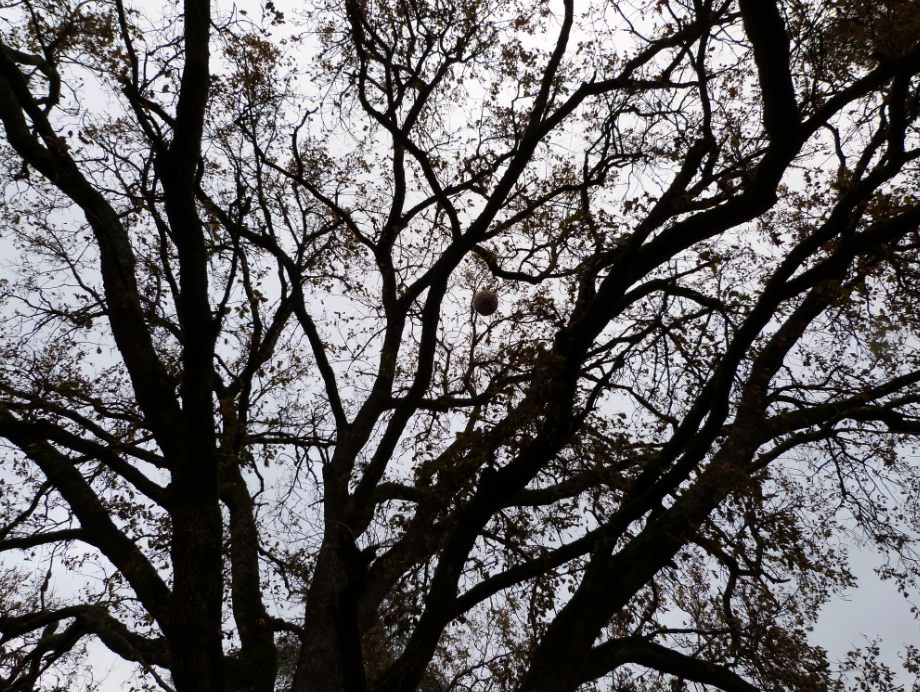
Not a task for mere mortals. When the nest came down we were awed; it was something you might see in a sculpture exhibit, amazing, even beautiful. Striations and layers of mud and cellulose. We kept romanticism at bay by remembering that this thing can house 2000 hornets or more.

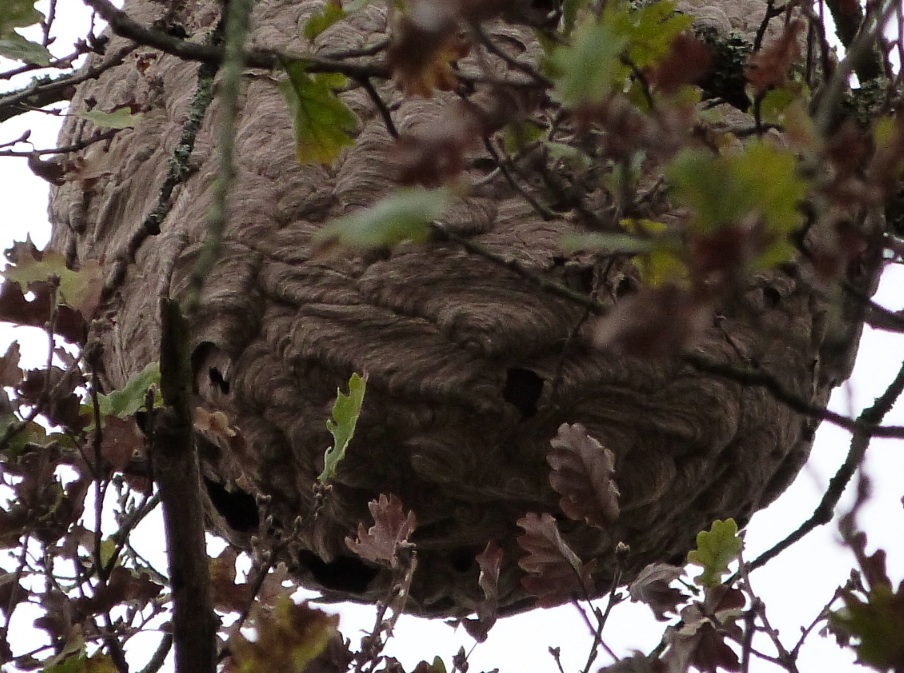
The asian hornet (vespa velutina) arrived in this area around 2004 in a cargo ship from China, hidden in pottery. The effect on honeybees (one of their favorite foods) has been devastating; they can destroy an entire hive in 4 hours. It’s a horror movie to watch them buzzing around the vineyard with a honey bee in their massive jaws. I’d invite them to just eat the grapes – but they already do that.
Another disruption of the balance. It makes me think of the time I was considering buying the live larvae of ladybugs to release around the rose bushes – ladybugs feed on the aphids that attack roses. I’m glad I never carried out that plan. Recently I learned that many of those store-bought ladybugs come from another part of the world, and they have been killing and eating our valiant, indigenous ladybugs!
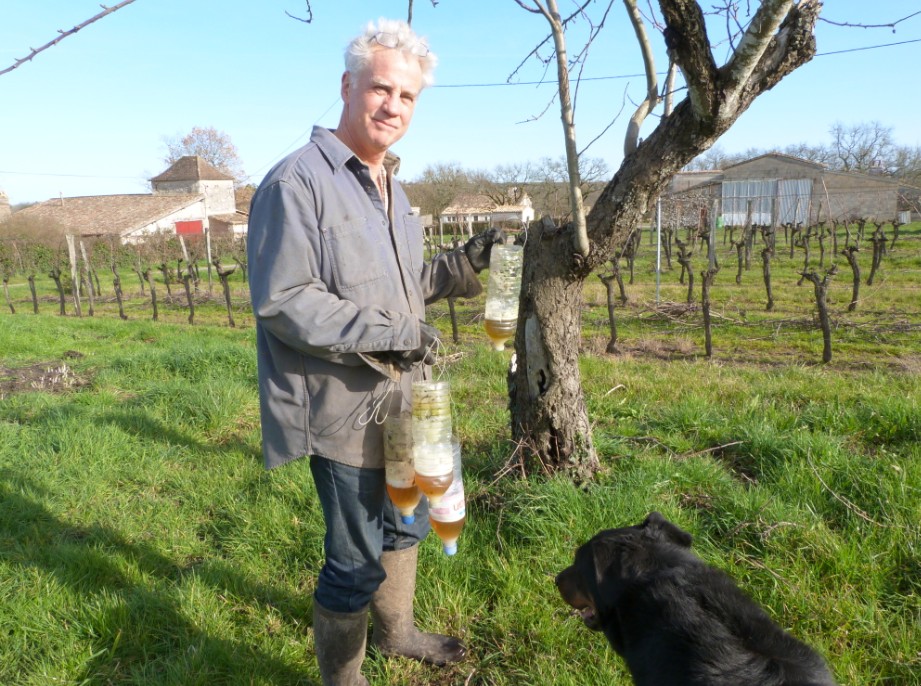
We’ve heard the asian hornet is here to stay. But a community effort is growing – people in our region have been encouraged to set these traps of beer and sugar (or red wine, cassis… things honey bees don’t like) before spring. The hope is to catch the queen before she can create her nest. Are these traps effective? The jury’s still out, but in our own limited experience over the past four years, we definitely “felt” fewer of them last summer. Not exactly data from a controlled experiment, I know…
I’m given hope by this video of a bee keeper in the Pays Basque (the region to our south) who discovered his chickens can trap and kill an asian hornet, especially the queen, during its stationary flight. This prevents the “fondatrice” from creating a nest, and the others from attacking the hive.
http://www.francetvinfo.fr/monde/environnement/video-la-poule-l-arme-d-un-apiculteur-contre-le-frelon-asiatique_432372.html
And this is just one pest, one more human-introduced problem…
We’re struggling to resurrect traditional remedies, realizing it’s baby steps in the wake of daunting trends. But it’s gratifying to realize we’re not alone. All around I see ordinary people changing mindsets, searching for solutions, applying remedies they learned from their grandparents. My favorite is the pesticide junkie who was all skepticism last year when I told him about an organic alternative. Yesterday he announced he put those nettles and fish bones under some of his tomatoes last summer.

I tried not to smile when he grudgingly ventured, “Pas mal. Pas mal du tout.” His wife whispered – “those were his prize tomatoes.”

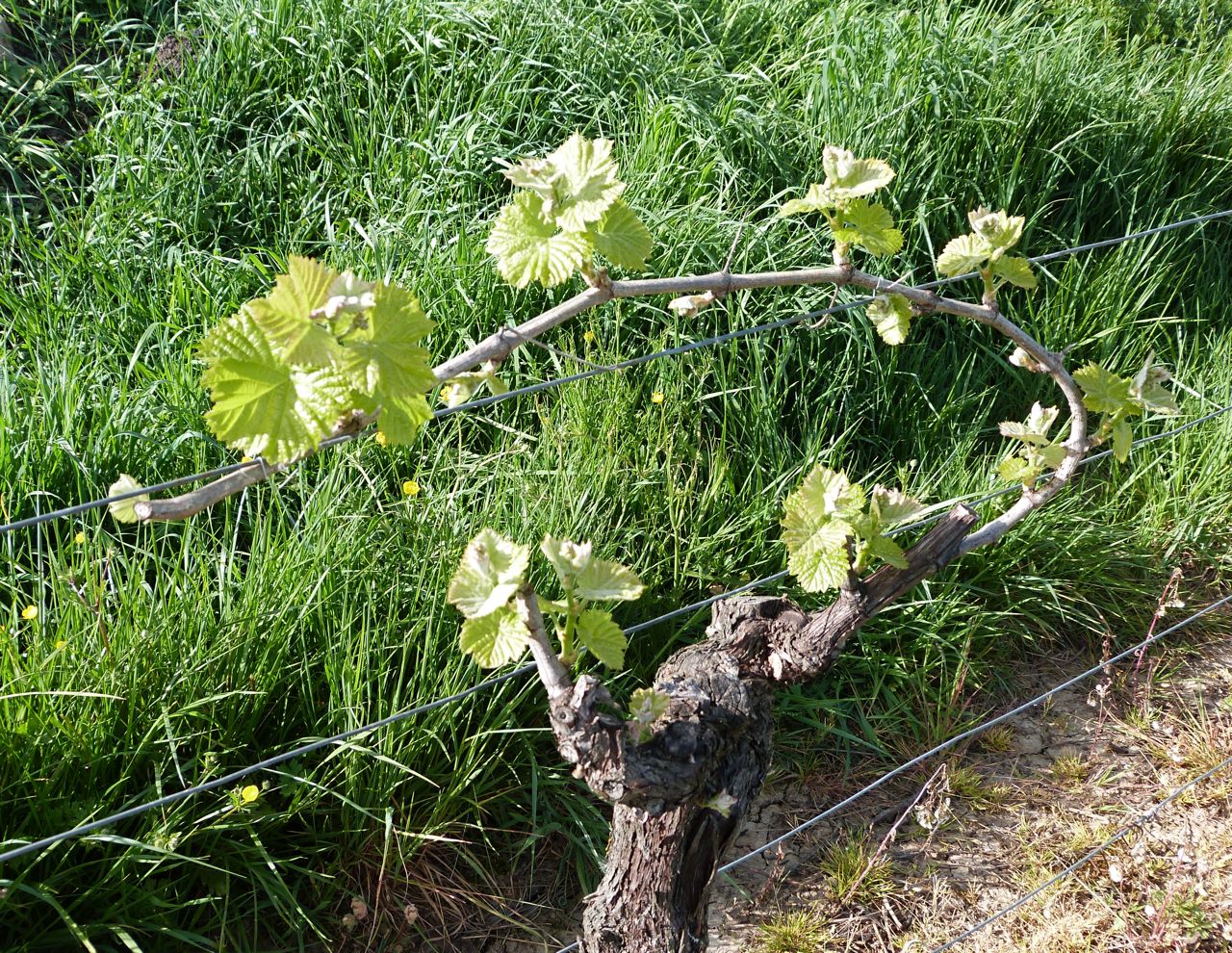
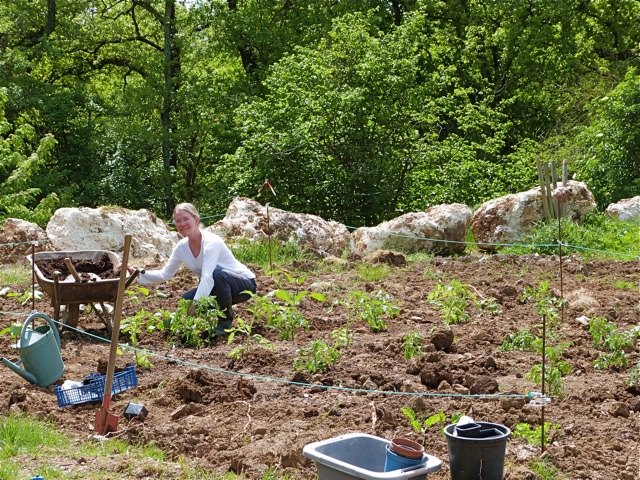
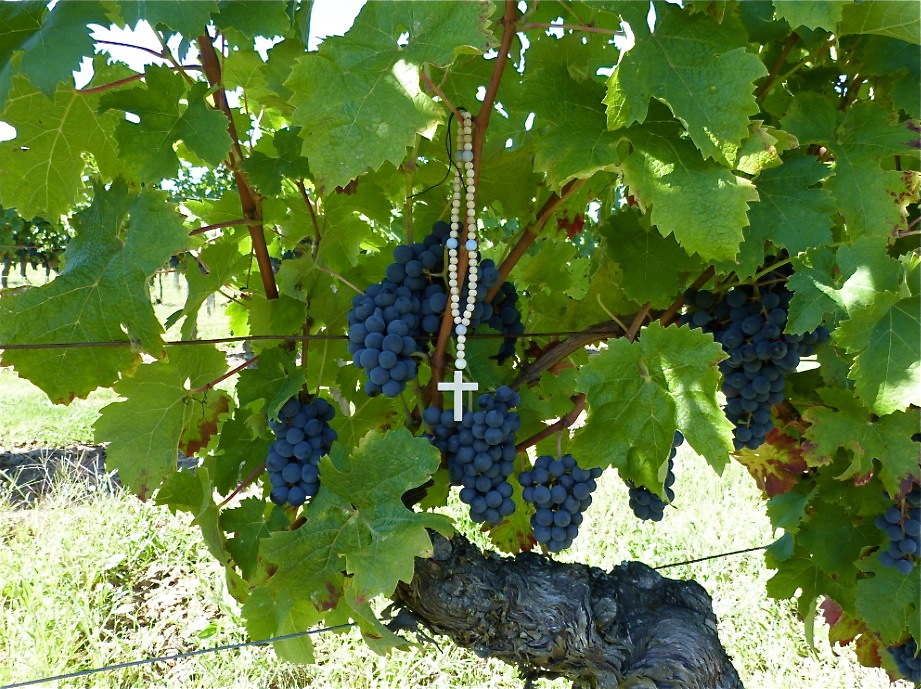

2 thoughts on “Asian Hornets”
Oh, Mary — once again, such a beautifully told story! And reflection for us all on the teetering balance of nature and life . . . Greetings to you and John — and thanks for bringing us along on your journey . . . a life well-lived!
Thank you for your message !
Our dear boy Paul found an hornet in his shoe in Tuscany last summer. We had to take him to hospital. You can imagine how interested he was in your last posted blog.
All the best
Claire et Charles-Henri